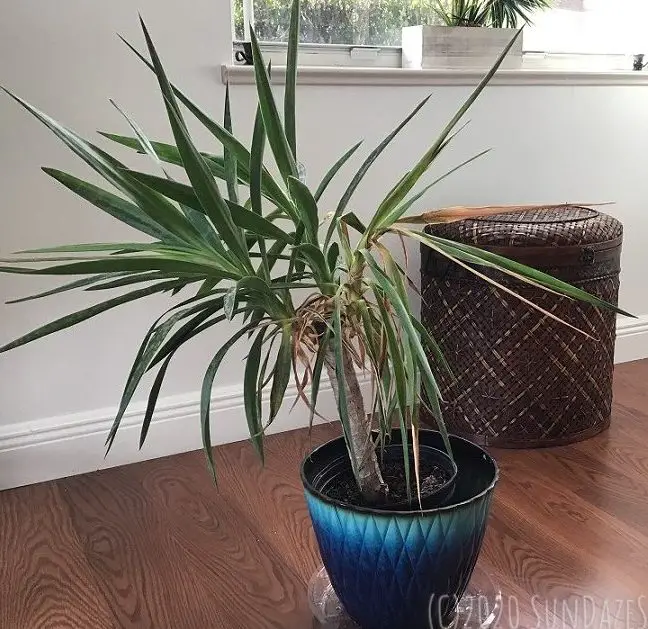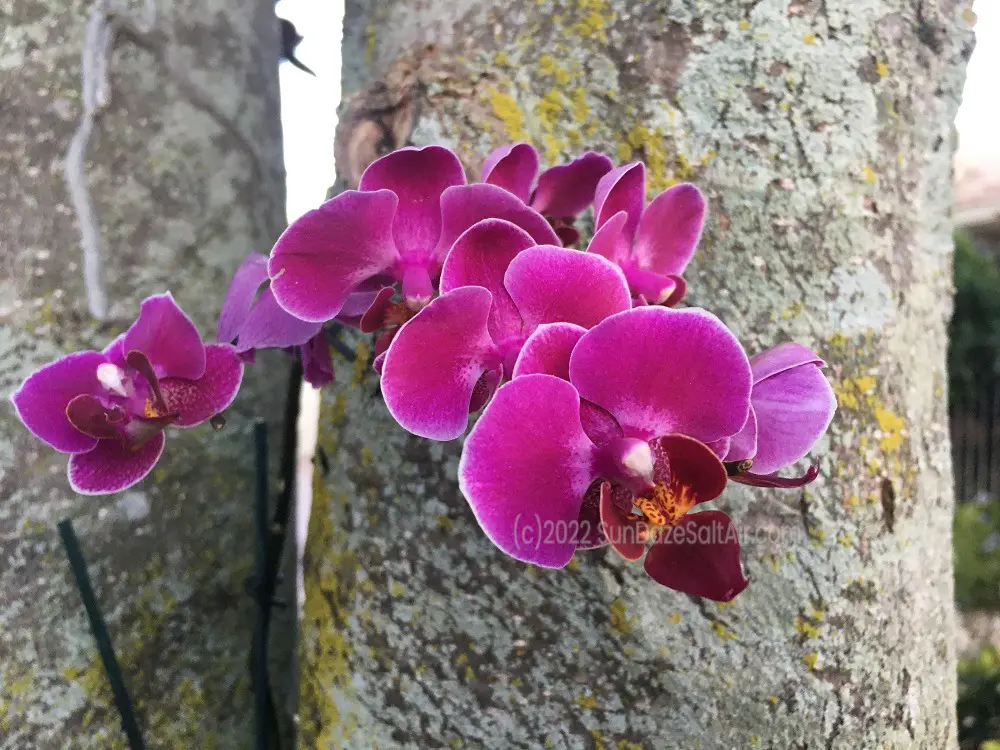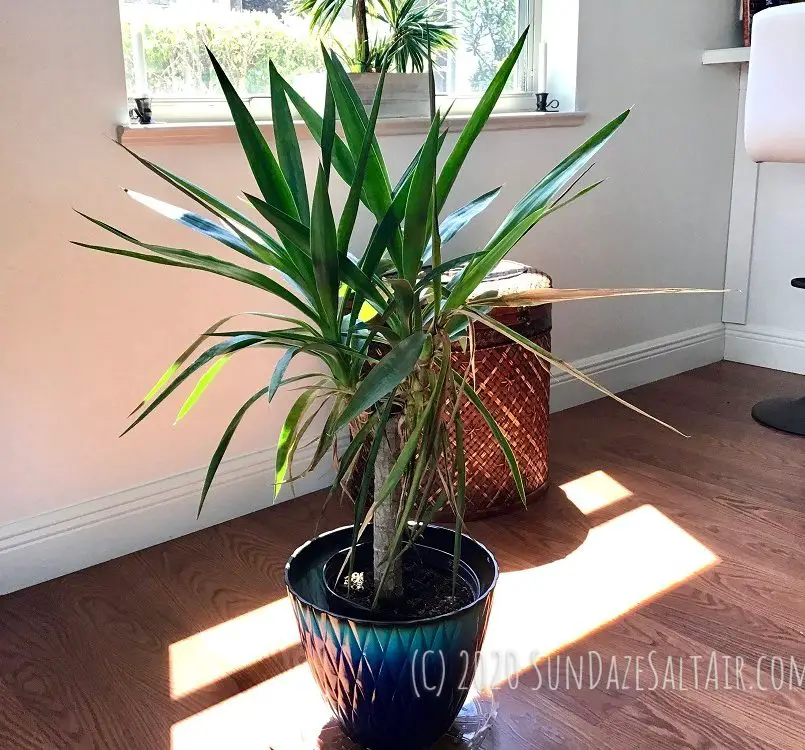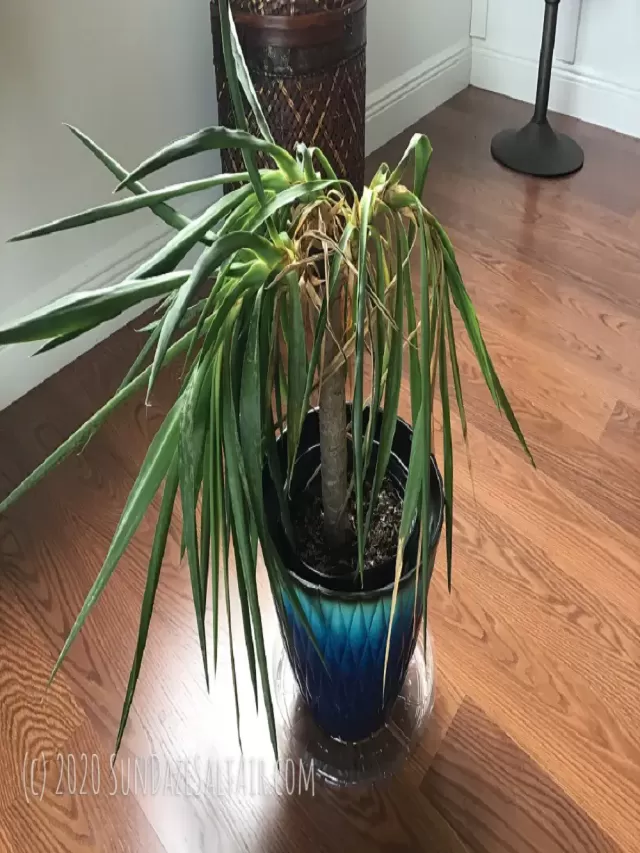Do you have a yucca plant that’s suddenly looking sad and droopy? Don’t worry, you’re not alone. Yucca plants are known for their hardiness and low-maintenance nature, so when they start drooping, it’s a clear sign that something is amiss. In this article, we’ll explore the possible reasons for a drooping yucca plant and provide you with simple solutions to revive it. Let’s get started!
Reasons for a Drooping Yucca Plant
I recently experienced the distressing sight of my once-sturdy yucca plant leaning over and looking droopy. This sudden change was a cause for concern, as yucca plants are usually resilient and robust. After some investigation, I realized that there were two primary factors that could be responsible for my yucca’s condition – water and sunlight. But before we delve into the specifics, let’s take a look at the possible culprits that could cause your yucca to droop.
If your yucca plant is too top-heavy or growing larger, it may start drooping. However, a healthy yucca should be able to withstand the additional weight. So, if your plant is drooping, it’s crucial to diagnose the underlying problem quickly. In my case, it was apparent that my yucca was in distress and needed immediate attention.

How to Revive a Drooping Yucca Plant
To revive a drooping yucca plant, it’s essential to identify the cause and take immediate corrective measures. Whether it’s due to overwatering, underwatering, insufficient sunlight, or physical distress, your yucca is signaling that it lacks the energy to support its own weight. Let’s explore some guidance to diagnose and treat your yucca’s specific problems.
But first, here’s a helpful tip: you can propagate a brand new yucca from its side shoots. It’s a fantastic way to quickly and easily grow more yucca plants.
Now let’s address the common issues that may affect your yucca’s health.
The Water Dilemma: How Much is Too Much?
Determining the appropriate amount of water for your yucca is crucial. Signs of both overwatering and underwatering can be similar – drooping, wilting, and yellowing leaves or stems. To make an accurate diagnosis, perform a “touch test” to check the soil’s moisture content. In my case, all these symptoms were evident.
However, upon feeling the dry, crumbly texture of the soil, I realized that it was not a case of overwatering. Yuccas, like other succulents, can thrive with less water, even preferring it. In fact, I was more inclined to underwater my yucca, as my watering schedule had been irregular lately. So, excessive water or root rot was unlikely to be the cause.

Preventing Overwatering and Root Rot
Yucca plants, like their desert-dwelling relatives, succulents and cacti, have adapted to survive with minimal water. They store water in their leaves, stems, or roots to endure dry periods. If your yucca’s soil doesn’t feel sandy, dry, or crumbly, avoid watering it, as it likely has enough stored water. In my case, the chances of root rot were slim to none, so I ruled out excess water as the cause of drooping.
However, if you notice signs of root rot, such as droopy, yellow leaves and soft trunk or brown, mushy roots, immediate action is necessary. To save your yucca, trim the rotting part of the trunk, making a clean cut just above the affected area. The roots should appear light in color, not brown. Repot the healthy portion and keep watering minimal until your yucca recovers.

The Perils of Underwatering
While yuccas are drought-tolerant, they still need periodic watering, especially during dry spells and hot weather. Neglecting their water requirements can lead to drooping and wilting stems, as well as yellowing leaves. So, don’t take their drought resistance too literally. Be attentive and provide occasional watering to quench their thirst adequately.
Watering Frequency Depends on the Season
Yuccas have changing watering needs throughout the year. During their peak growing season in spring and summer, established yuccas may require watering once a week. As fall approaches, reduce watering to once every two to three weeks. In winter, during the dormant period, watering frequency should further decrease. Always monitor the moisture content of the soil using the touch test and adjust your watering routine accordingly.
Bring on the Sunshine: Sunlight Requirements
Yuccas, being natives of southern Mexico and the desert Southwest, thrive in bright, full sun. So, if your yucca is not receiving sufficient sunlight, it will gradually decline, resulting in wilting and drooping. If you notice these signs and your indoor yucca is positioned in a dim or low-light area, consider moving it closer to a well-lit window, preferably with southern exposure. Yuccas love abundant natural light, especially during the winter when daylight is scarce.
Say No to Powdery Mildew
If your yucca leaves are covered in a chalky dust, you may be dealing with powdery mildew. This common fungus can affect indoor plants, including yuccas. To treat powdery mildew, change the conditions surrounding your yucca. Ensure it receives adequate indirect sunlight and improved ventilation. You can even place it in front of a bright window for a short period to kill the fungus and promote drying.

Pruning and Cleaning for a Fresh Start
To combat powdery mildew, remove any infected or decaying leaves using pruning shears or scissors. This will eliminate a significant source of fungus growth. Clean the remaining leaves by wiping them with a solution of mild hand soap and water. Rinse with plain water and use a dry towel to prevent excess moisture. Finally, repot your yucca in fresh soil to ensure all fungal issues are eliminated.
Conclusion: A Simple Routine for a Healthy Yucca Plant
In my case, the drooping and leaning of my yucca were due to underwatering. It’s essential to remember that yuccas, despite their low-maintenance appeal, still require attention. Neglecting their water and sunlight needs can lead to distressing drooping symptoms. Follow these simple care tips and maintain a regular watering routine to prevent your yucca from falling into neglect. If you do slip up, don’t worry. With a little care and attention, your yucca will bounce back to good health and beauty.

Remember, yuccas are like living works of art that require minimal maintenance. With the right care, your yucca will thrive and bring natural beauty to your home.


